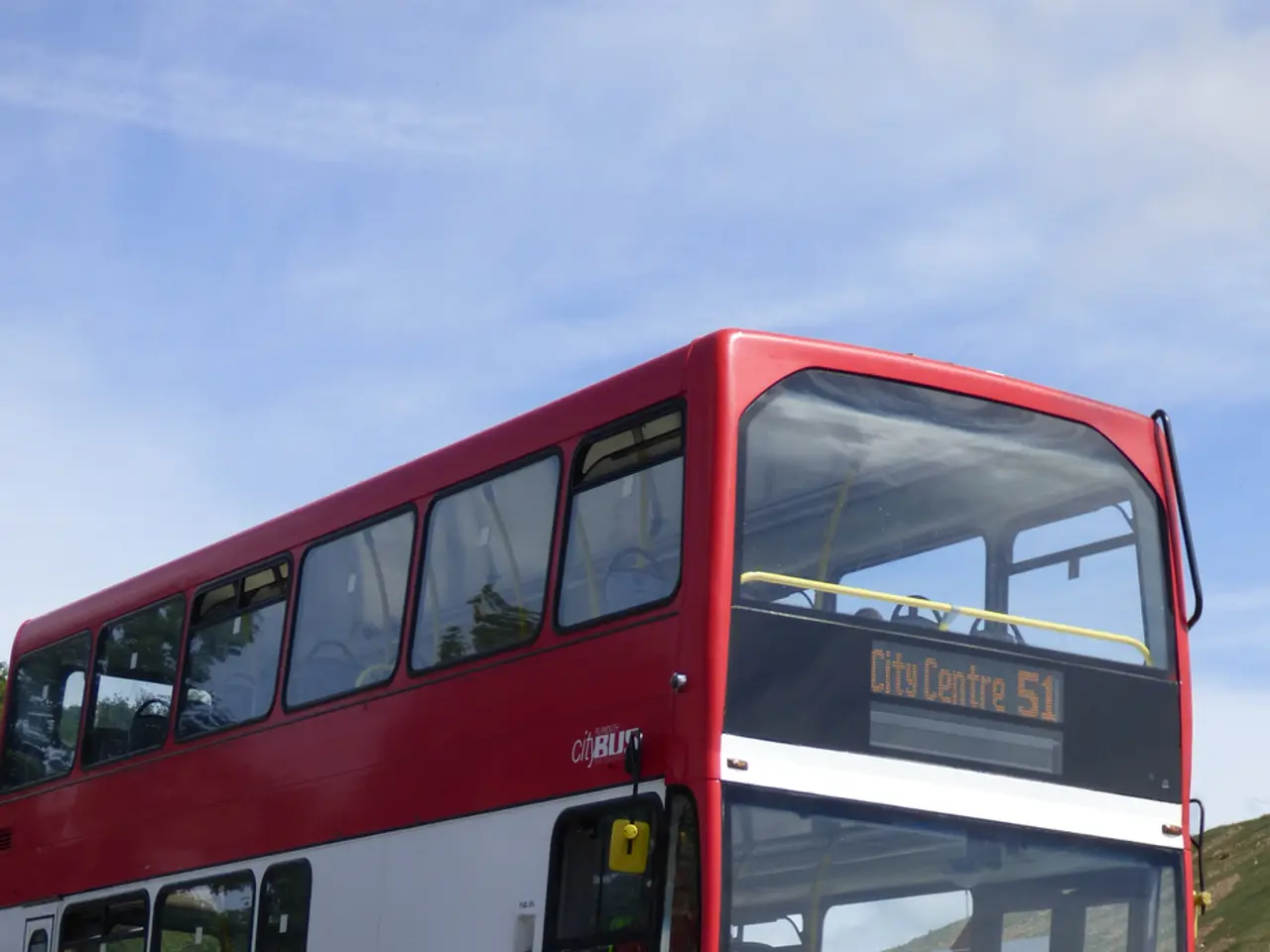Initial Assessment of New York City's Congestion Fee Shows Promising Results
New York City's congestion pricing program, introduced in January 2025, has shown promising results in its initial six to eight months of operation. The program, designed to reduce traffic congestion, encourage public transit use, and improve air quality, has made a significant impact on the city's roads and environment.
Traffic Impact
The implementation of congestion pricing has led to a noticeable decrease in vehicle entries into the congestion zone. According to data, vehicle entries have dropped by about 11-13%, equating to roughly 67,000 fewer cars daily compared to pre-program levels. This reduction has resulted in improved traffic speeds within the zone, with travel times shorter by 20-40% depending on route, including river crossings and crosstown travel.
Commercial vehicle traffic analysis showed faster travel times on 44% of Lower Manhattan roadways, fewer large trucks, and more multi-purpose vehicles. However, overall vehicle idling remained largely unchanged. Traffic fatalities and crashes in the congestion zone have dropped by about 14%, reaching historic lows citywide, respectively.
Public Transit Usage
Since the congestion pricing began, subway and bus ridership have increased, with transit service speeds improving to near-record levels. The increased funds, projected at $500 million raised in 2025, are being reinvested to upgrade the public transit system, supporting continued enhancements and growth in ridership.
Air Pollution and Environmental Impact
The program has contributed to reduced pollution by limiting the number of vehicles and incentivizing shifts in vehicle types and public transit use. While congestion decreased throughout most areas, traffic on some bypass routes like the Cross Bronx Expressway increased, raising local pollution concerns there. Overall, vehicle-related air pollution in Lower Manhattan has improved, consistent with reduced vehicle volume and better traffic flow.
Additional Effects
Business activity and visitor counts within the toll zone have increased, countering early fears of negative economic impacts. Parking shortages have emerged in areas just outside the congestion zone as drivers adjusted routes and parking locations.
In summary, the congestion pricing program has been effective in easing traffic congestion, encouraging public transit use, and improving air quality inside the congestion zone in its first half-year, though some spillover impacts on adjacent areas remain under observation. The program appears to be working well, as indicated by the reduction in traffic violations, increased emergency response times, and the majority of New York City voters (42%) expressing a desire for the program to continue. However, it's too early to definitively assess the health benefits of the congestion pricing system regarding air pollution.
- With the reduction in traffic congestion, there's a growing expectation for the future tech industry in New York City, as improved air quality and efficient transportation infrastructure could foster innovation. (science, tech, future, transportation, air quality, industry)
- In light of the success of New York City's congestion pricing program, Gizmodo posted an article discussing the potential application of similar programs in other climate-change affected cities. (climate-change, technology, industry, Gizmodo)
- The finance sector is monitoring the success of the congestion pricing program closely, as the potential revenue generated could have significant implications for city budgets and infrastructure investments. (finance, congestion pricing, budgets, infrastructure)
- The environmental science community applauds the initiative for its positive impact on the environment, expressing hope that similar programs will be implemented across various urban areas to combat climate change. (environmental-science, climate-change, urban areas)
- As vehicle usage within the congestion zone decreases, alternative transportation modes such as bicycles and electric scooters are experiencing a rise in popularity among city residents, particularly among younger generations. (transportation, bike, electric scooter, younger generations)




